
Architectural concrete is a decorative concrete used in architecture. In recent years, decorative concrete has become very popular. It is used both indoors and outdoors.
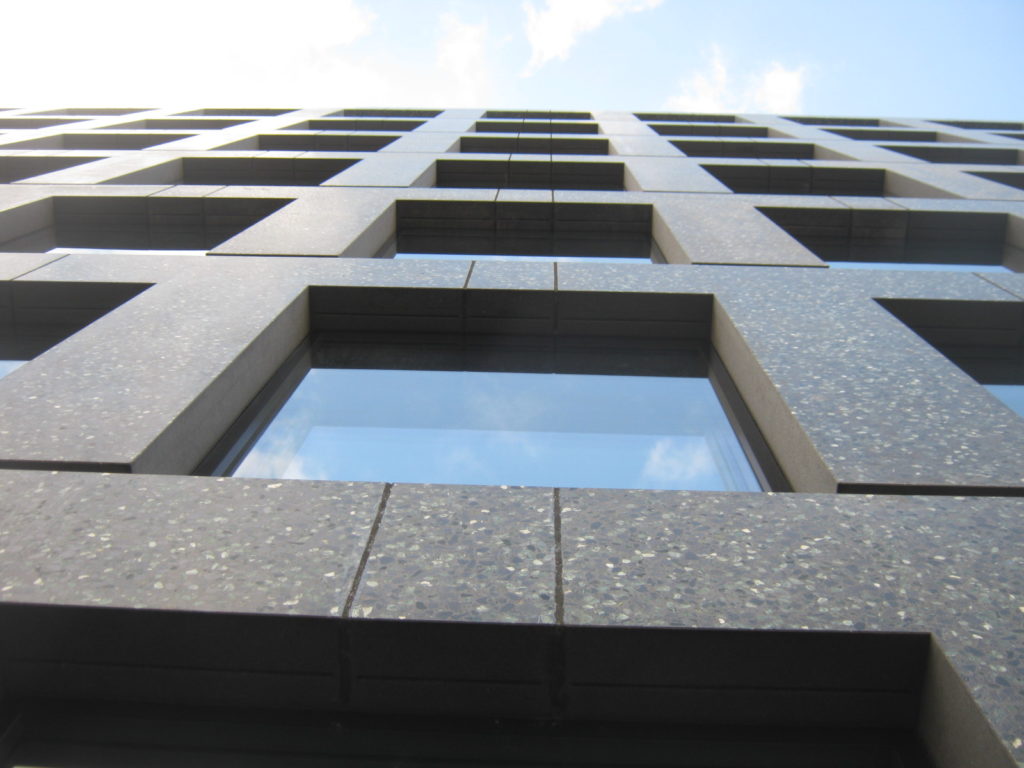
It can be found on floors in our interior spaces but also on outdoor floors. This type of floor covering is fashionable for private individuals but also for companies and certain industries. It is true that this type of concrete is used to build walls, facades, balconies or even stairs. Today, there are many ways to use decorative concrete. It offers perfect aesthetic qualities.
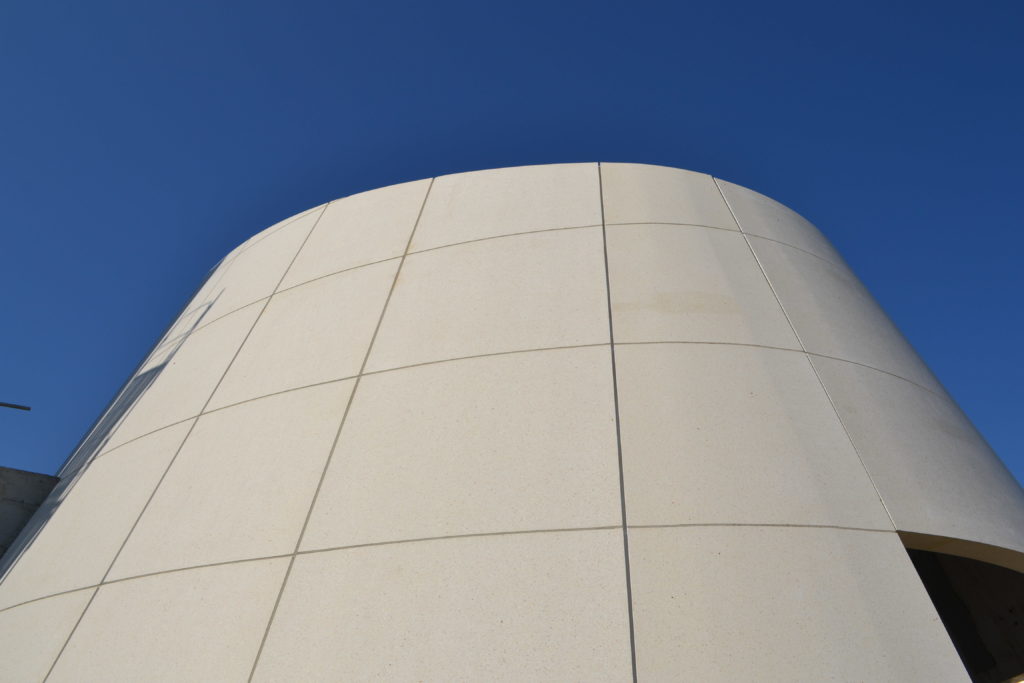
Architectural concrete is a decorative concrete that is popular in architecture. Today, architectural concrete has evolved and progressed in our environment thanks to the building and public works (BTP) industry. Architectural concrete is a material with a specific composition. Architectural concrete consists of cement and aggregates such as sand or gravel. Depending on the desired colour of the architectural concrete, the manufacturer will play with lighter or darker raw materials, but also with mineral colouring pigments to achieve the desired colours.
This concrete is very popular with architects because it offers a wide range of creative freedom thanks to its original appearance and shape. Architectural concrete projects are a high-end market and require products of the highest quality. Therefore, there are different types of architectural concrete:
Polished concrete: this is concrete that has been polished to a shiny surface.
Deactivated concrete: this is concrete where a product has been applied to deactivate the setting of the concrete.
Sandblasted concrete: this is concrete that has been shot-blasted to bring out the aggregate.
Acid concrete: this is concrete that is put into acid and rinsed to give it a slightly sandy texture.
Thus, with the choice of colours and textures, architectural concrete is considered decorative concrete.
Architectural concrete appeals to construction and architectural professionals because of its advantages.
This is because concrete is a durable and solid material. Concrete in its production state is liquid and this gives unlimited possibilities for shaping and forming for each project. Architectural concrete will take the form of other natural materials such as stone. Every project can therefore be tailor-made with architectural concrete.
These physical properties make it an ideal material for thermal insulation. Concrete can easily insulate a building from the heat in summer and cold in winter. Architectural concrete is also a very good sound insulator. Thermal and acoustic insulation is increasingly sought after as standards have become more demanding. Finally, concrete is an inexpensive material compared to other natural materials.
Machining of concrete allows its texture and appearance to be modified, which can be done with the help of a texturing centre. For example, a brick wall can be imitated by machining or a logo can be engraved.
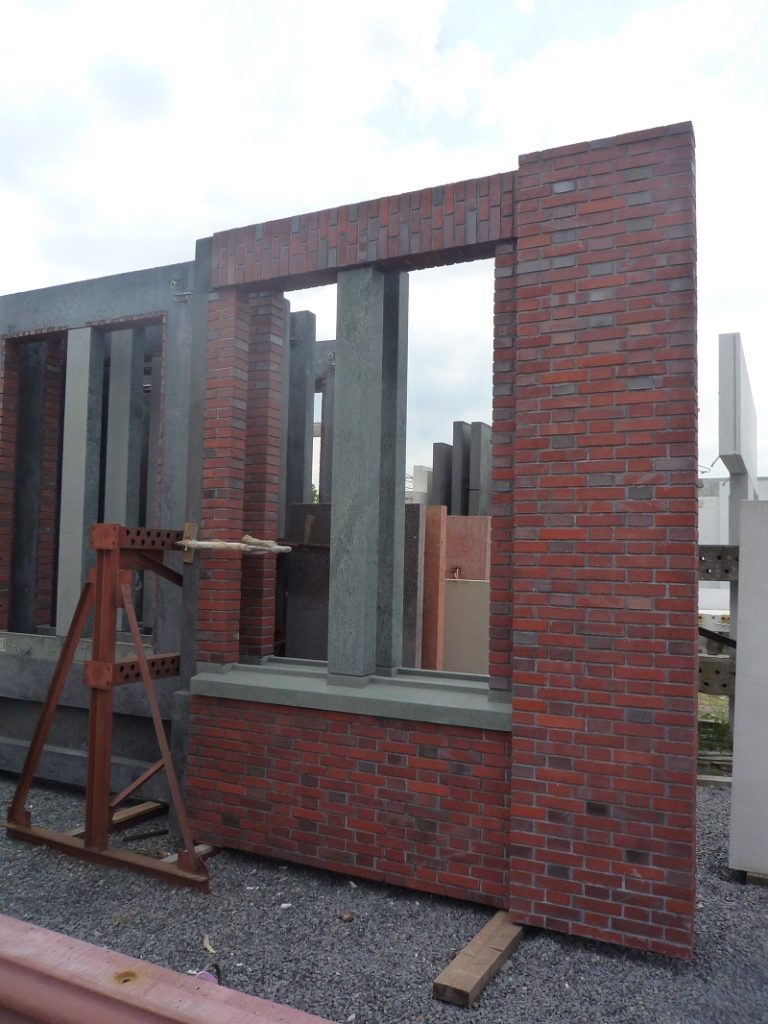
It is therefore possible to work with machines capable of machining flat or complex surfaces. Thanks to 5-axis machines, manual tasks are reduced and this helps to reduce costs and production times.
Sawing and grooving operations may be necessary for the production of parts for architectural concrete.
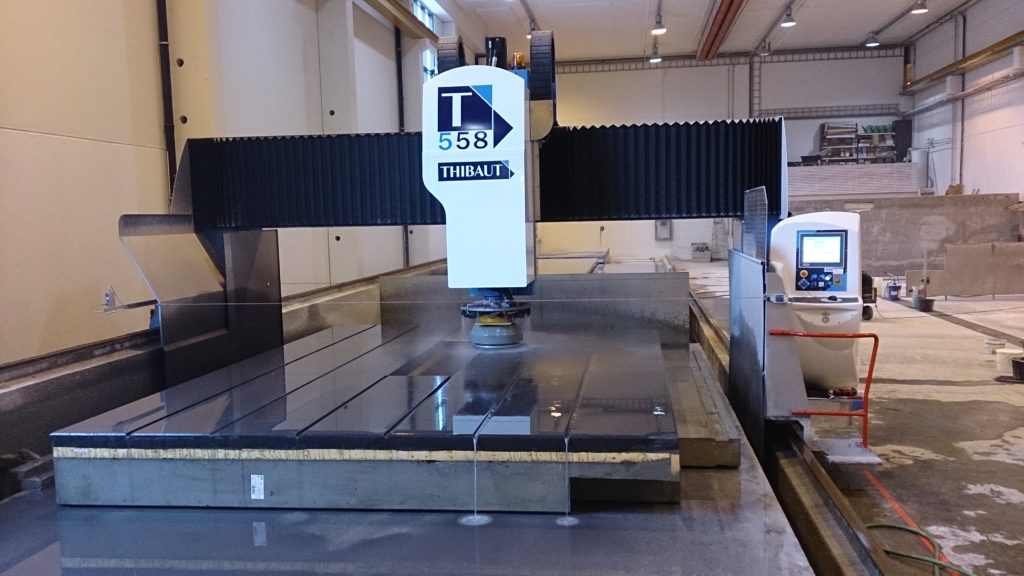
Polishing is an important step in the finishing of architectural concrete. Several types of polishing are possible on concrete. Today's 5-axis multifunction machines are capable of polishing convex or concave shapes, straight edges, sloping edges and even columns. The polishing forms allow different textures to be obtained: brushed concrete such as bush hammered and polished concrete such as polished and marble polished.
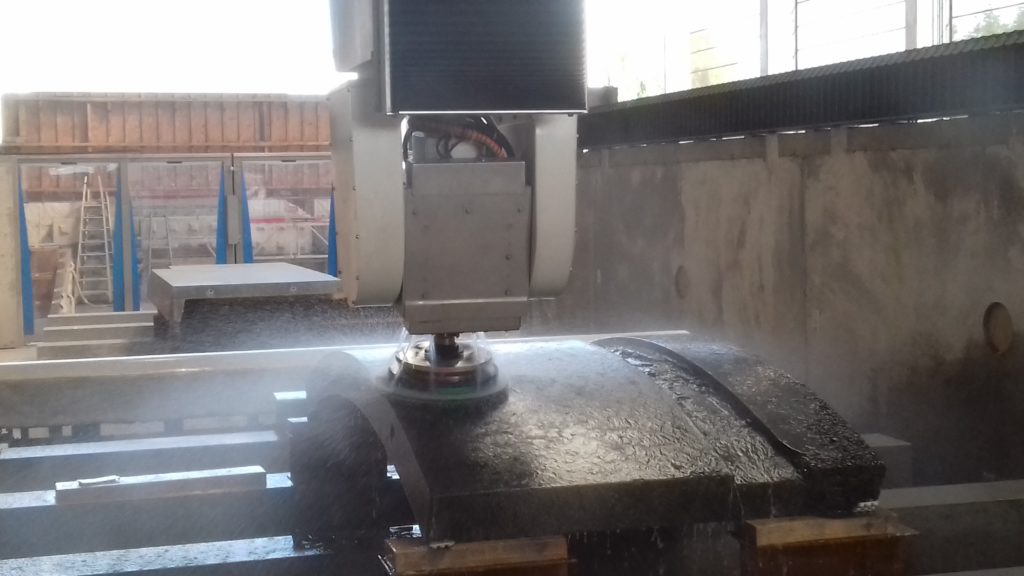
Rocalia Natural Stone Exhibition Excitement is building in natural stone processing as we approach the ROCALIA exhibition, which will be held in Lyon from December 2nd to 4th, 2025. Among the industry leaders showcasing their latest innovations, Thibaut stands out as a pioneer in stone processing technology. Additionally, they will introduce a cutting-edge wastewater treatment […]
Read moreIn 2025, Thibaut celebrates a major milestone: the 30th anniversary of the T108, a manual stone machine that has become a true reference in the stone industry. First introduced at the Verona Fair in 1995, the T108 quickly gained recognition among stone masons for its robustness, versatility, and reliability. The T108: a manual stone machine […]
Read more23-Sep-2025 – 26-Sep-2025 Marmomac 2025, the largest trade fair for natural stone Thibaut, the recognized leader in the manufacturing of machines for the processing of natural stone, is delighted to announce its participation in Marmomac 2025. This must-attend event will take place from September 23 to 26 in Verona, Italy, and will bring together the […]
Read more